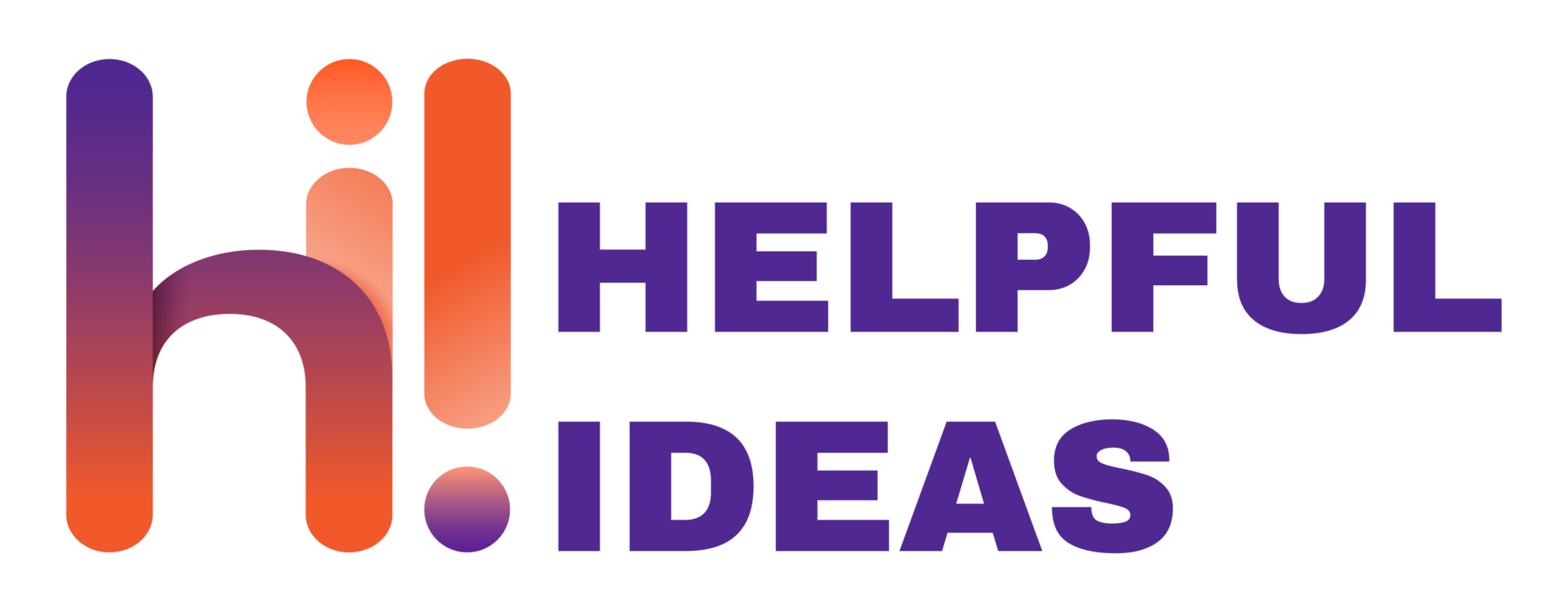Ah, homeownership. It’s the American dream wrapped in siding and topped with a weather vane. But what happens when the golden years arrive and the financial forecast calls for stormy weather? Enter the reverse mortgage – the enigmatic option that seems to say, “Why not turn your home into a piggy bank?” But is it a magic wand or a monkey’s paw? Let’s find out.
What is a reverse mortgage?
A reverse mortgage is a special type of home loan designed primarily for homeowners aged 62 and older. It allows these homeowners to convert a portion of the equity in their home into cash. Unlike a traditional home equity loan or second mortgage, no repayment is required until the borrower no longer uses the home as their primary residence. Here’s a more detailed breakdown:
Key Characteristics of a Reverse Mortgage:
- Eligibility: Typically, to qualify for a reverse mortgage, you must be at least 62 years old, use the home as your primary residence, and have sufficient equity in the home. There might also be requirements related to the home’s condition and the borrower’s financial situation.
- No Monthly Mortgage Payments: With a reverse mortgage, the homeowner is not required to make monthly mortgage payments. However, they are still responsible for property taxes, homeowner’s insurance, and home maintenance.
- Loan Repayment: The loan becomes due when the last surviving borrower sells the home, moves out of the house permanently, or passes away. At that point, the home can be sold to repay the balance of the reverse mortgage, and any remaining equity goes to the homeowner or their heirs.
- Loan Amount: The amount you can borrow depends on various factors, including your age, the appraised value of your home, current interest rates, and the lending limit in place. Generally, the older you are and the more equity you have in your home, the larger the loan amount.
- Disbursement Options: The funds from a reverse mortgage can be received in several ways: a lump sum, a line of credit, monthly payments, or a combination of these methods.
- Types of Reverse Mortgages: There are three main types:
- Single-Purpose Reverse Mortgages: Offered by some state and local agencies and nonprofits, they are the least expensive option, but they’re not available everywhere and can only be used for one purpose, specified by the lender (e.g., home repairs).
- Home Equity Conversion Mortgages (HECMs): Federally insured and backed by the U.S. Department of Housing and Urban Development (HUD), these have no income restrictions and can be used for any purpose.
- Proprietary Reverse Mortgages: Private loans backed by the companies that develop them.
- Costs: Just like traditional mortgages, reverse mortgages have associated costs, including origination fees, closing costs, and mortgage insurance premiums (for HECMs). It’s crucial to consider these costs when determining if a reverse mortgage is the right decision.
The Sparkling Pros Expanded
- Extra Income Stream: One of the standout benefits of a reverse mortgage is its ability to provide homeowners, especially retirees, with an additional income stream. For those who’ve often contemplated how to make the most of their hard-earned assets during their golden years, this option unlocks the value tied up in their homes. It turns a static asset into a dynamic financial tool, allowing many to maintain, or even elevate, their quality of life during retirement. Imagine your home not just as a shelter, but also as a silent financial guardian.
- No Monthly Payments: The beauty of a reverse mortgage lies in its structure. Traditional mortgages have homeowners chipping away at a mountainous debt month after month. But with a reverse mortgage, homeowners can breathe easy without the burden of monthly repayments. The loan balance grows over time, but the “pay later” feature can alleviate stress for seniors already managing tight budgets. This aspect can offer unparalleled peace of mind, allowing retirees to focus on enjoying life rather than being weighed down by financial obligations.
- Flexibility: The versatility of a reverse mortgage stands out. Instead of a rigid financial structure, homeowners get to choose how they receive their funds. Whether it’s an upfront lump sum to cater to immediate needs, monthly installments for regular income supplementation, or a line of credit for unexpected expenses, the adaptability ensures that one’s unique financial needs and strategies can be accommodated. It’s akin to a tailor-made financial suit, designed to fit individual preferences and life situations perfectly.
- Stay in Your Home: Many retirees face the tough decision of having to sell their homes to access necessary funds. With a reverse mortgage, this distressing choice can be avoided. Homeowners can access the financial benefits while continuing to live in and cherish the memories of their beloved home. It’s an emotional boon, knowing that you can enjoy the comfort of familiar surroundings while navigating the complexities of retirement.
- Loan Protection: With non-recourse features, homeowners and heirs are protected. Even if the loan amount exceeds the home’s value due to declining property prices or other factors, you or your heirs will never owe more than the home’s worth when the loan is due. This built-in safety net ensures that the decision to opt for a reverse mortgage doesn’t inadvertently lead to burdensome debts.
The Not-So-Glimmering Cons
- Decreasing Home Equity: As you access the equity, it diminishes. Remember, the money you receive plus the accumulating interest is what you owe. If you’re hoping to leave your home as an inheritance, a reverse mortgage might thin out that legacy.
- Fees and Closing Costs: Like many mortgages, these too come with a slew of fees. Origination fees, mortgage insurance premiums, and closing costs can be steep, making it imperative to read the fine print and do the math.
- Potential for Foreclosure: If you fail to pay property taxes, homeowners insurance, or don’t maintain the home, the lender might call the loan due. And if you can’t pay it, you might find your dream home slipping through your fingers.
- Complexity: Reverse mortgages are not the easiest to understand. Many have been taken advantage of because they didn’t fully grasp the intricacies. Hence, educating oneself and consulting trusted financial advisors is crucial.
A Few Things to Ponder
- Age Factor: Generally, the older you are, the more you can borrow. It might be tempting for younger retirees, but waiting a few years might yield a more substantial loan.
- Interest Rates: They play a significant role. A higher rate means more interest will accumulate over the years, reducing the equity faster.
- Alternatives: Before diving in, consider other options. Home equity loans, downsizing, or even renting out a portion of your home might serve the purpose.
Conclusion: The Magic Mirror’s Verdict
A reverse mortgage is no simple potion or spell. It’s complex, nuanced, and not suitable for everyone. Think of it as the financial equivalent of that weird dish at the family potluck – intriguing, but not for the faint of heart.
For those comfortable with the risks and costs, it could be a magical solution. But for others, it might be a poison apple.
Consult with financial professionals, read the fine print, and perhaps keep a white rabbit or two on hand for good luck. After all, it’s not every day you wander into the financial Wonderland that is reverse mortgages. And now, dear readers, the question remains: To reverse or not to reverse? That is the question – and I hope I’ve given you the tools to answer it.



